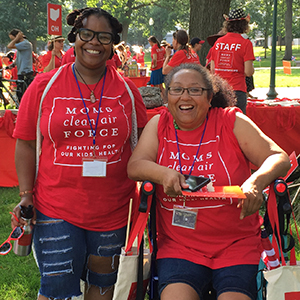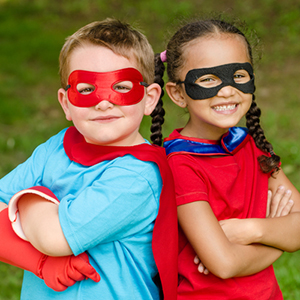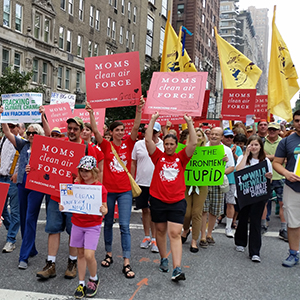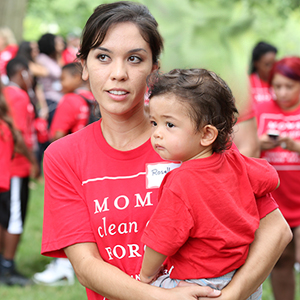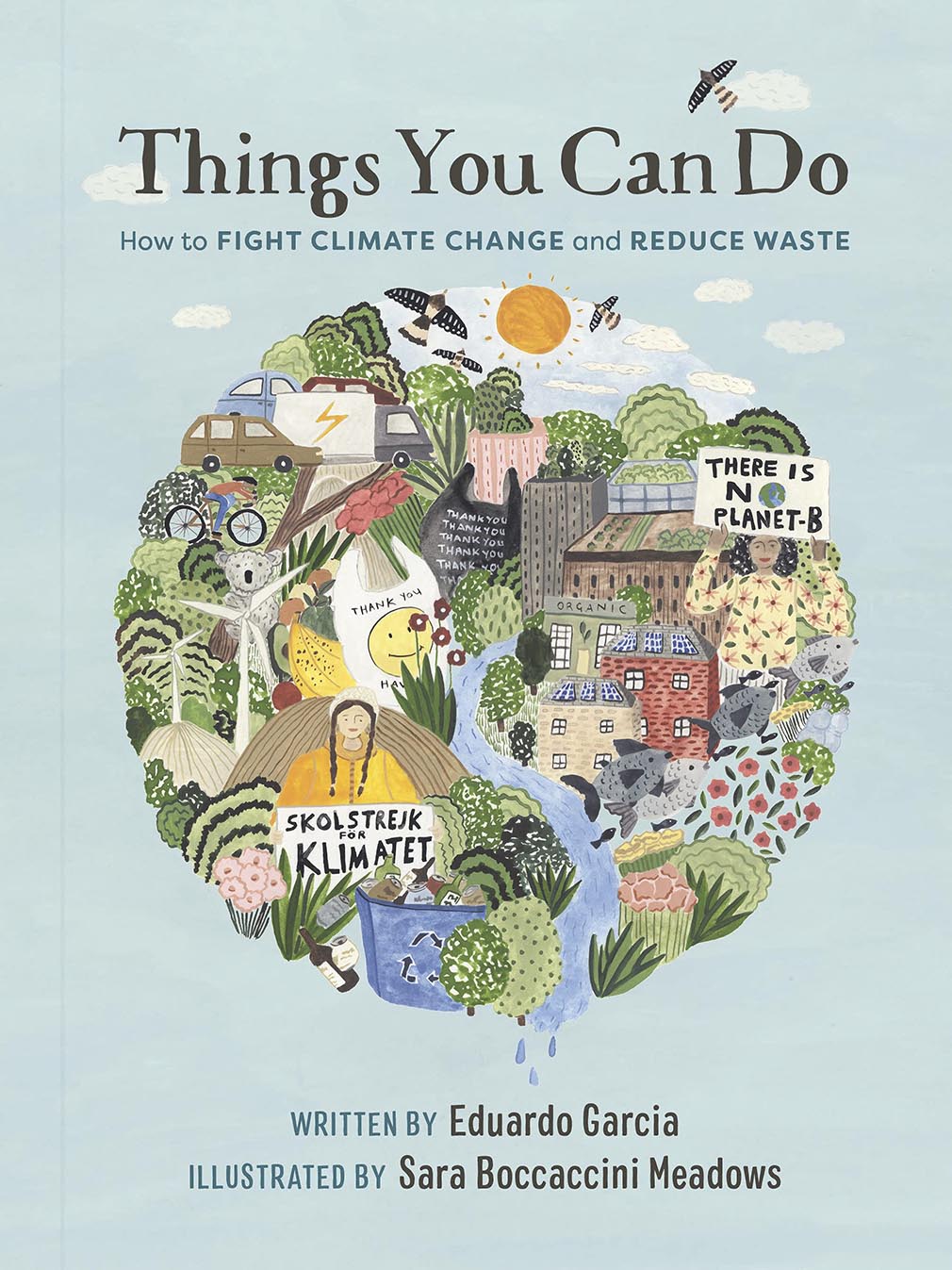
If you’ve been wondering how to explain climate change to your kids or find ways you and your family can make a difference, you won’t want to miss Things You Can Do: How to FIGHT CLIMATE CHANGE and REDUCE WASTE.
The book’s opening chapter sets the tone for what follows. “There is No Planet B,” writes author Eduardo Garcia, a reporter for the New York Times. And to prove it, he reviews Earth’s place in our solar system, reminding readers that, while there are many planets, there is only one on which people can live—ours. He then explains in clarifying detail what climate change is and why it poses such a threat to our one and only habitable sphere.
Of course, climate change is driven by our use of fossil fuels, and Garcia ably explains the link between coal—which we burn for electricity and which he unabashedly labels “the enemy”—and climate change. But this book is not about gloom and doom. We don’t need coal, but we do need electricity, and the author’s “What You Can Do” pages lay out ways to tap into solar energy as well as use energy more efficiently to cool down our homes in summer, heat them in winter, and power our appliances. While some suggestions—like removing rugs in hot summer months to stay cooler—are impractical and won’t actually make much difference, many others—like adjusting your HVAC thermostat up or down a few degrees—are tried and true and proven to save both energy and money. Either way, the book will provide a good reminder of things you know you should be doing while motivating you to do more.
In addition to tackling home energy, the book makes an argument for adopting a climate-friendly diet. “The meat industry is a greenhouse giant” begins the section connecting what we eat and the climate we’re changing. If you need to show your family why it’s important to eat more grains and fewer burgers, just sit down together and take a look at the chart comparing greenhouse gases emitted by producing beef as opposed to eggs or even tomatoes.
The chapter on transportation makes a good case for “micromobility,” the growing trend of using e-bikes, e-scooters, and e-mopeds as an alternative to full-sized cars and other vehicles that burn gas. Car- and bike-sharing get their due too, as do recommendations to cut down on flying. If you do have to fly, notes Garcia, use the NERD formula for guidance: Book a newer, more energy-efficient plane, like the Airbus A320neo or Boeing 78708; an economy seat; a regular or mid-sized jet rather than a larger gas-guzzling one; and a direct flight, which generates fewer emissions than a longer one.
You can’t talk about stopping climate change without addressing ways to reduce waste. The final section, “What a Waste,” is the book’s strongest. After making the link between plastic production and climate change, author Garcia goes on to show just how much plastic waste is ending up not only in landfills but in our oceans and, consequently, in the wildlife we treasure and even the seafood we eat. Before you shop for new clothes, read the pages on the fashion industry, which the United Nations says is responsible for about 10% of the world’s total greenhouse gas emissions and which is contributing more and more to what people are throwing away. If you haven’t had any luck encouraging your family to buy gently worn secondhand clothing, this book might help you make your case.
Things You Can Do is that much easier to grasp thanks to the wonderful illustrations rendered by artist Sara Boccaccini Meadows. In fact, the colorful drawings are what will make this book a page-turner for anyone who picks it up, from a curious older elementary student to your college kid home for spring break. Leave it on the coffee table in the family room, on your kitchen counter, or even on top of that vaunted stack of magazines in your powder room. All it will take is four or five pages to get inspired to act. Our one and only planet will thank you.
